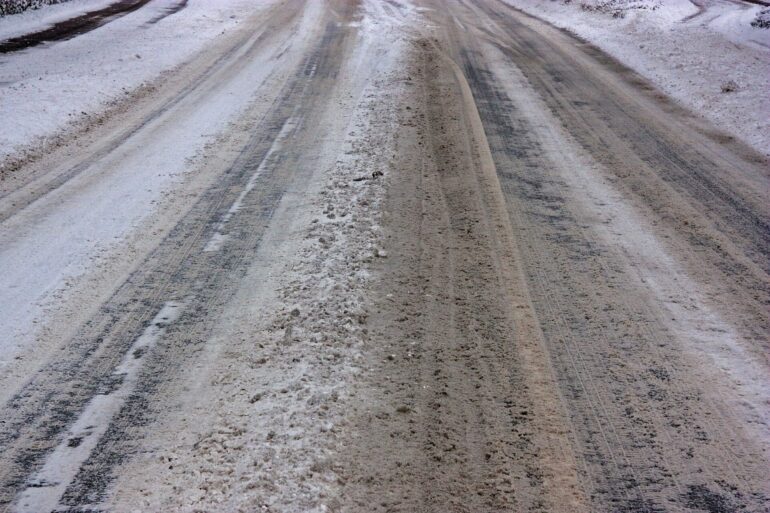When snowstorms hit, deicing agents such as road salts and brine help keep streets and walkways open. However, some deicers release sodium and chloride into the surrounding environment. Links between elevated sodium intake and human health risks, such as high blood pressure, are well established. The effects of deicers on drinking water, however, have been less clear.
Now, evidence reported by Cruz et al. supports a link between deicers and elevated sodium levels in drinking water, with concentrations in the Philadelphia region sometimes surpassing recommended limits for people on sodium-restricted diets. The new study adds a public health perspective to research that has focused primarily on the harmful effects of deicers on freshwater aquatic animals, including amphibians and benthic macroinvertebrates.
The researchers evaluated weekly levels of sodium and chloride in municipal tap water in three homes in the Philadelphia region from November 2018 through March 2019. Each home is located in a different municipality and receives water from a different supplier.
Sample analysis revealed that sodium and chloride levels peaked in late winter for all three sites, just after major snowfall and snowmelt events. Concentrations were higher for sites located downstream of areas with relatively higher density development. In line with earlier research, these results suggest that deicers contribute to temporally elevated sodium levels in drinking water supplies.
The researchers also found that sodium levels occasionally rose to 6.4 times the guideline of 20 milligrams per liter of water recommended by EPA for adults restricted to 500 milligrams of sodium per day. Calculations suggested that at peak concentrations, an adult with no sodium restrictions would reach up to 18.8% of their recommended daily limit through tap water alone, and an adult on a low-sodium diet (up to 1,500 milligrams per day) would reach up to 33.3% of their limit.
These findings, in combination with a review of sodium reporting data from 40 U.S. cities, suggest the need for water utilities to provide real-time public information on sodium exposure risk. Future research could address potential links between winter sodium peaks and increased risk of hypertension and heart problems.
More information:
Yuliza D. Cruz et al, Impacts of Road Deicing Application on Sodium and Chloride Concentrations in Philadelphia Region Drinking Water, GeoHealth (2022). DOI: 10.1029/2021GH000538
Provided by
American Geophysical Union
This story is republished courtesy of Eos, hosted by the American Geophysical Union. Read the original story here.
Citation:
Road salts linked to high sodium levels in tap water (2022, March 9)



